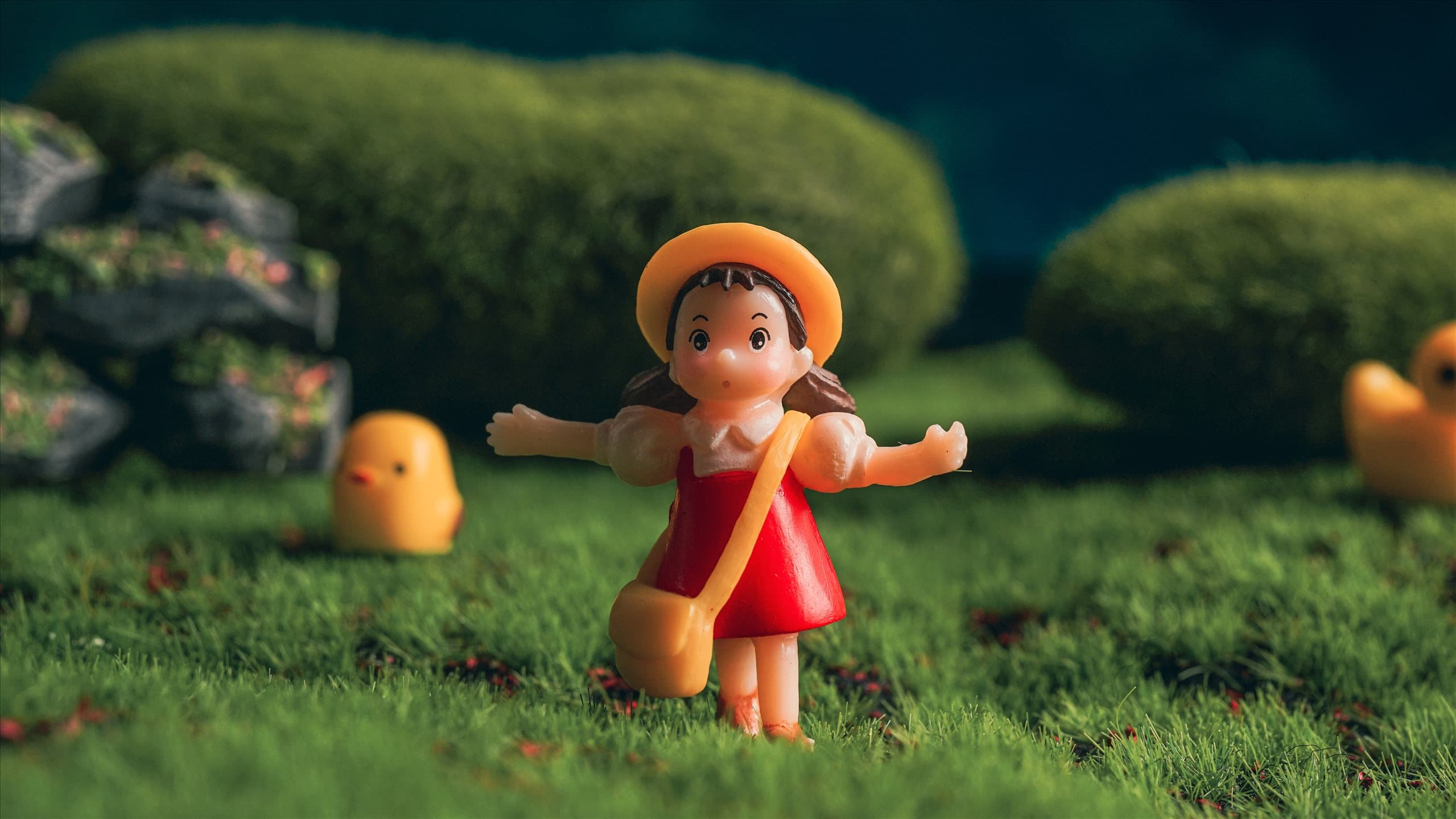Note: This is a guest post written by Amber Willis – In the ever-evolving world of gaming, players are constantly seeking new ways to immerse themselves in virtual worlds and elevate their gaming experiences. One crucial aspect that has significantly contributed to this quest for immersion is game animation services. These services play a pivotal role in bringing characters, environments, and narratives to life by adding fluidity, realism, and depth to the gaming experience.

Over the years, game animation services have undergone a remarkable evolution. From simple pixelated movements to intricate motion-captured performances, advancements in technology have allowed developers to create increasingly realistic animations that captivate players’ senses. This progress has not only revolutionized the way games look but also how they feel and play. With smoother character movements, lifelike facial expressions, and dynamic environments, gamers can now enjoy a heightened level of engagement that blurs the line between reality and fantasy.
Looking ahead, the future of game animation holds even more exciting possibilities. Innovations such as machine learning algorithms for procedural animation or real-time motion capture integrated into virtual reality systems promise to take immersion to unprecedented levels. Additionally, trends like cel-shading techniques or stylized animations offer unique visual aesthetics that cater to different artistic preferences. As these advancements continue to shape the gaming landscape, it becomes clear that game animation services will continue playing an integral role in enhancing gaming experiences for both casual and hardcore gamers alike.
Key Takeaways
– Game animation services revolutionize the way games look and feel, adding fluidity, realism, and depth to the gaming experience.
– Machine learning algorithms and real-time motion capture integrated into virtual reality systems promise unprecedented immersion and interactivity.
– Cel-shading techniques and stylized animations offer unique visual aesthetics, enhancing player engagement.
– Well-crafted animations play a vital role in storytelling and immersion within games, effectively conveying emotions, building suspense, and creating memorable moments.
The Evolution of Game Animation Services
The evolution of game animation services has taken gaming experiences to the next level, allowing players to immerse themselves in a virtual world like never before. Game animation plays a crucial role in enhancing player engagement by providing realistic movements and interactions. With advancements in technology, game developers can now create lifelike characters that respond to player actions and emotions, making the gaming experience more immersive and captivating.
Moreover, game animation also plays a vital role in storytelling and immersion within games. Through well-crafted animations, developers can convey emotions, build suspense, and create memorable moments for players. Characters with fluid movements and expressive facial animations can effectively communicate their personalities and motivations to players. This helps players connect with the story on a deeper level, fostering a sense of empathy and investment in the outcome of the game.
Transitioning into the subsequent section about ‘the future of game animation: innovations and trends,’ it is clear that the evolution of game animation services has revolutionized gaming experiences by prioritizing player engagement through realistic animations. However, as technology continues to advance at an unprecedented rate, new innovations are set to further enhance these experiences even more.
The Future of Game Animation: Innovations and Trends
Imagine stepping into the future of game animation, where innovative technologies and cutting-edge trends are revolutionizing the way you interact with virtual worlds. One of the key advancements in game animation is the integration of augmented reality (AR). AR allows for the overlaying of digital elements onto the real world, creating a seamless blend between reality and virtuality. In terms of gaming experiences, this means that players can now see their favorite characters or game objects projected onto their physical environment through their smartphones or dedicated AR devices. This not only enhances immersion but also encourages physical movement and exploration as players navigate through their surroundings to interact with these virtual elements.
Another exciting development in game animation is the rise of virtual reality (VR) and immersive experiences. VR technology has come a long way in recent years, providing players with an unprecedented level of immersion and presence within virtual environments. By wearing a VR headset, players can be transported to entirely new worlds, where they can interact with characters and objects in ways that were previously unimaginable. These immersive experiences have opened up new avenues for storytelling and gameplay mechanics, allowing developers to create truly unique and unforgettable gaming experiences. With advancements in hardware capabilities and software optimization, we can expect even more realistic graphics, smoother animations, and improved haptic feedback systems that will further enhance our sense of presence within these virtual realms.






